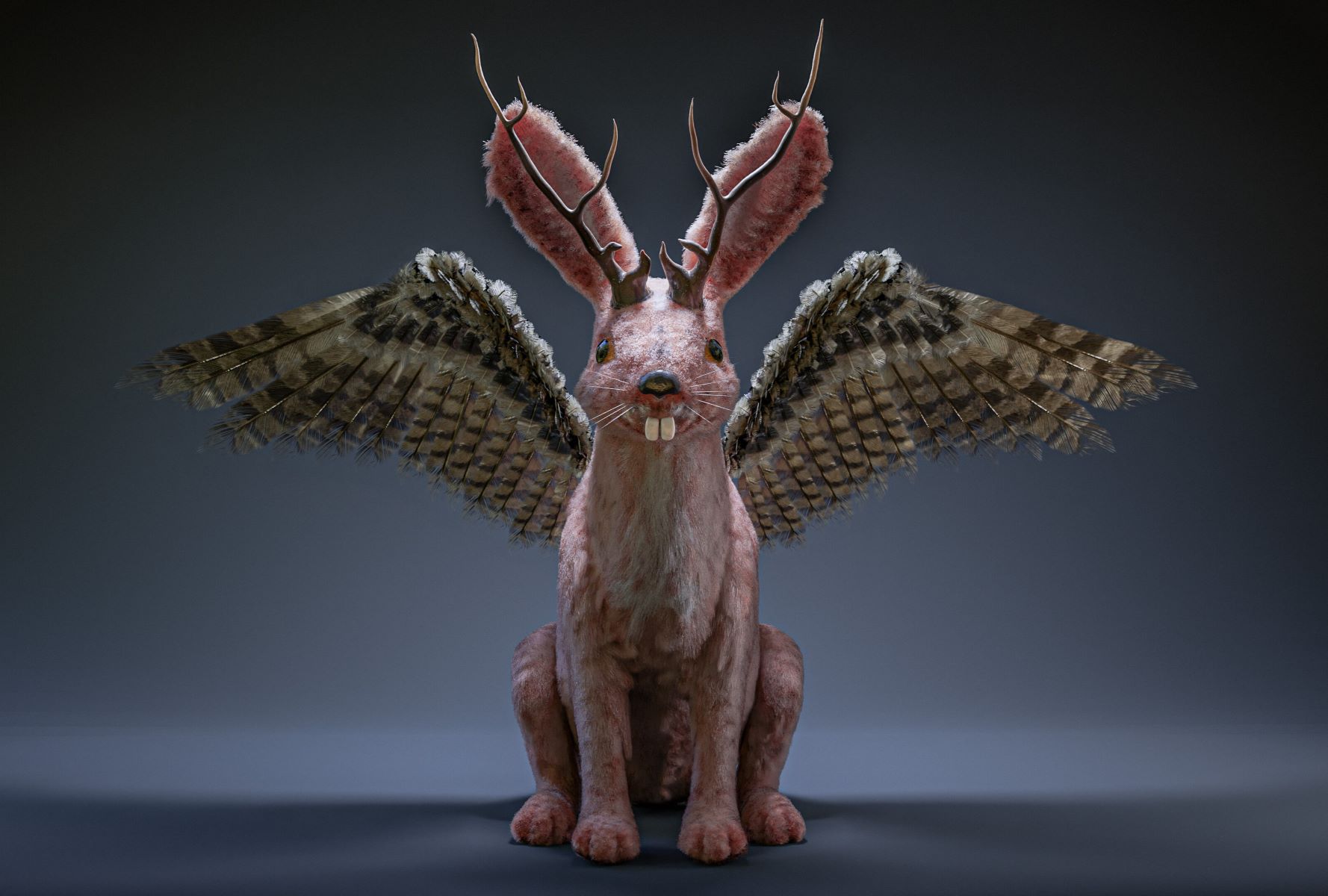
Ever seen a lobster that looks like it swam out of a sapphire sea? Blue lobsters are one of the rarest and most mesmerizing creatures in the ocean. With odds of finding one at about one in two million, these crustaceans are true marine marvels. Their striking blue hue comes from a genetic quirk that causes an overproduction of a specific protein. Despite their unique appearance, blue lobsters share many traits with their more common counterparts, from their diet to their behavior. Dive into the world of blue lobsters and uncover what makes these rare gems of the sea so captivating.
Key Takeaways:
- Blue lobsters are incredibly rare, with a 1 in 2 million chance of catching one. Their unique blue color comes from a genetic abnormality that affects their shell pigments.
- Blue lobsters have a varied diet and can live up to 50 years. Conservation efforts are crucial for their survival, and they play a significant role in marine ecosystems.
The Fascinating World of Blue Lobsters
Blue lobsters are among the most captivating creatures in the marine world. Their striking blue color and rarity make them a subject of fascination for scientists and the general public alike. Let's dive into some intriguing facts about these unique crustaceans.
Rarity and Genetic Makeup
Blue lobsters are not your everyday catch. Their rarity and unique genetic traits set them apart from their more common counterparts.
- Blue lobsters are incredibly rare, with the chances of catching one estimated at about one in two million. This rarity often leads to significant media attention when they are discovered.
- The blue coloration is caused by a genetic abnormality that results in the overproduction of a certain protein. This protein affects the pigments in the lobster's shell, making them appear blue instead of the typical brown, green, or orange.
- Despite their unique color, blue lobsters are classified under the same scientific names as regular lobsters: Homarus americanus for American lobsters and Homarus gammarus for European lobsters.
Habitat and Distribution
Blue lobsters can be found in various parts of the world, though they are most commonly associated with the Atlantic coasts.
- Blue lobsters inhabit the Atlantic coasts of North America and Europe. They can also be found in some freshwater areas and even in Australia.
- Despite their unique appearance, blue lobsters behave similarly to regular lobsters. They use their strong claws to feed on mollusks, fish, and sea algae.
Senses and Behavior
Understanding the senses and behavior of blue lobsters can provide insight into their daily lives and survival strategies.
- Like regular lobsters, blue lobsters have poor eyesight but highly developed senses of smell and taste. These senses help them navigate and find food in their environment.
- Blue lobsters reproduce in the same manner as regular lobsters. Female lobsters lay eggs that they carry under their abdomen for up to a year before releasing them as larvae.
- Blue lobsters can live up to 50 years, similar to their regular counterparts, which are believed to live as long as 100 years.
Diet and Feeding Habits
The diet of blue lobsters is as varied as their habitats, and their feeding habits are quite fascinating.
- Blue lobsters have a varied diet consisting of seafood like fish, crabs, clams, mussels, and sea urchins. They are also known to be cannibals when food is scarce.
- Lobsters taste with their legs via chemosensory hairs that identify food. They also chew their food with "teeth" located in their stomachs, which are right behind the eyes and about the size of a walnut.
Cultural and Historical Significance
Blue lobsters have captured the imagination of many and hold a special place in various cultures.
- Blue lobsters have gained significant cultural attention due to their rarity and unique appearance. They have been featured in various media outlets and displayed in aquariums to educate the public.
- Due to their rarity, blue lobsters can fetch high prices. Some restaurants have listed them on their menus for hundreds of dollars per pound.
- Historically, lobsters were considered poor man's food and were often used as fertilizer or feed for farm animals. This perception has changed over time, with lobsters now being a prized delicacy.
Conservation and Color Variations
Efforts to conserve blue lobsters and their fascinating color variations are crucial for their survival.
- Many blue lobsters are returned to the ocean or donated to aquariums to help conserve the species. This conservation effort is crucial given their rarity.
- Blue lobsters are not the only rare color variation of lobsters. Yellow lobsters are even rarer, with odds estimated at one in 30 million, while two-toned colored lobsters have a one in 50 million chance of occurrence.
- Albino or "crystal" lobsters are also extremely rare, with a one in 100 million chance of occurrence. These lobsters lack pigmentation and appear white or translucent.
Lobster Trapping and Fishing
The methods and regulations surrounding lobster trapping and fishing have a long history and are essential for sustainable practices.
- Lobster trapping dates back to the mid-19th century. The design of lobster pots has not changed much over the years, with fishermen using traditional methods to catch these crustaceans.
- Commercial fishing regulations for lobsters are stringent, with many states requiring licenses to catch them. In some states, like Hawaii, no license is required unless the lobster is intended for sale.
- In Maine, lobstermen must complete a two-year apprenticeship before they can captain their own boat. This apprenticeship program helps ensure that new fishermen are well-trained.
Nutritional Value and Unique Traits
Lobsters, including blue lobsters, offer significant nutritional benefits and possess unique biological traits.
- Lobster meat is a great source of protein, providing 28 grams of protein per cup. It is also a good source of heart-healthy omega-3 fatty acids and is relatively low in calories.
- Lobster blood is clear and does not contain hemoglobin like human blood. When cooked, the blood turns into a whitish gel.
- The creamy green substance inside a lobster is called the tomalley, which is part of the digestive tract. Many people enjoy eating it and consider it a delicacy.
Regeneration and Moulting
Lobsters have remarkable abilities to regenerate lost body parts and undergo moulting to grow.
- Lobsters can regenerate their claws, legs, and antennae. This process occurs during moulting, when the lobster sheds its outer layer to reveal a fully formed new shell underneath.
- Moulting is a critical process for lobsters, allowing them to grow and replace their shells. During this process, lobsters are vulnerable and often eat their old shells to replenish lost calcium.
Predators and Defense Mechanisms
Despite their size and strength, lobsters have natural predators and unique defense mechanisms.
- Despite their size, lobsters can fall prey to larger predators such as codfish and octopuses. Striped bass, which have no teeth, swallow tiny lobsters whole.
- Lobsters are known for their large, meaty claws, which they use for defense and capturing prey. A very large lobster could break a human finger with its claw.
- If a lobster loses a claw, it can grow a new one during the moulting process. However, it takes about five years for the new claw to reach the size of the original one.
Lobster Sounds and Farming
The sounds lobsters make and the practice of lobster farming add to their intriguing nature.
- The noise often associated with cooking lobsters is not a scream but rather air trapped in the stomach being forced through the mouth after being out of water for short periods. Lobsters do not have lungs or vocal cords.
- Lobsters can be grown on farms, providing a sustainable source of these crustaceans. However, this practice is not as common as traditional fishing methods.
Lobsters in Cuisine and Mythology
Lobsters hold a special place in cuisine and mythology, adding to their allure.
- Lobster is a prized delicacy in many cuisines, often served steamed with butter or in dishes like lobster rolls. The unique flavor and texture of lobster meat make it a sought-after ingredient.
- The idea that lobsters scream when cooked is a myth. This misconception likely arises from the noise associated with cooking lobsters, which is not a scream but rather air being forced through the mouth.
Conservation Efforts
Given their rarity and cultural significance, blue lobsters are often protected and conserved.
- Blue lobsters are often returned to the ocean or donated to aquariums to educate the public about these unique creatures.
- Conservation efforts are crucial for maintaining blue lobster populations and ensuring their survival for future generations.
- Aquariums play a significant role in conserving blue lobsters by providing a safe environment and educating visitors about their importance.
- Public awareness and education about blue lobsters can help promote conservation efforts and protect these rare and fascinating creatures.
The Fascinating World of Blue Lobsters
Blue lobsters are truly one-of-a-kind creatures. Their striking blue color, caused by a genetic abnormality, makes them incredibly rare, with odds of one in two million. These lobsters share many traits with their more common counterparts, from their diet and behavior to their ability to regenerate lost limbs. Despite their rarity, blue lobsters have captured the public's imagination, appearing in media and aquariums worldwide. Conservation efforts often see these unique lobsters returned to the ocean or displayed for educational purposes. Their rarity and unique genetic makeup make them a subject of interest for scientists and the general public alike. Understanding these facts about blue lobsters helps us appreciate the complexity and diversity of marine life. Whether you're a marine biology enthusiast or just curious about the ocean's wonders, blue lobsters offer a glimpse into the fascinating world beneath the waves.
Frequently Asked Questions
Was this page helpful?
Our commitment to delivering trustworthy and engaging content is at the heart of what we do. Each fact on our site is contributed by real users like you, bringing a wealth of diverse insights and information. To ensure the highest standards of accuracy and reliability, our dedicated editors meticulously review each submission. This process guarantees that the facts we share are not only fascinating but also credible. Trust in our commitment to quality and authenticity as you explore and learn with us.


